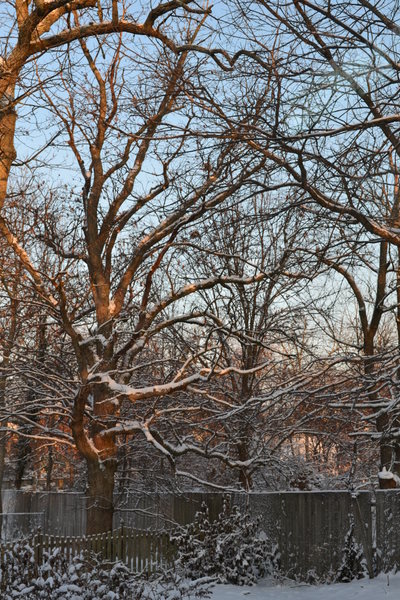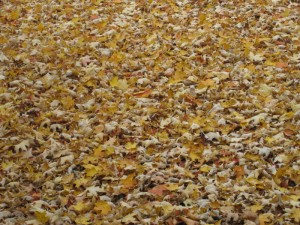I’m remembering a dear uncle this week. Tall, gentle, and soft-spoken, his careful tamping of tobacco and patient lighting of his pipe fascinated me at family gatherings when I was a girl. Back then he was the only adult I knew who painted pictures, and I was confused when he said he didn’t think of himself as an artist.
One of his paintings was of a tree, which I remember him saying was out back of some building, in the parking lot. That was even more bewildering. How could something as special as a painting be made of something that sounded so ordinary? I would have learned an important lesson much earlier if I had been able to articulate that question, but I was a child with a thousand things I didn’t understand and no way to determine which I needed most to learn about.
Fortunately, I was able to know him long past childhood. He gave up his pipe in later years, and eventually failing eyesight took painting from him as well. But his sensibilities remained, and he appreciated the goodness of life. To talk with him was to share in a beautiful perspective on the world.
I took a break in the middle of the morning yesterday, from both the household chores I was taking care of and the writing I’ve been obsessing about for the past few days. Weary of all of it, I decided to just have a cup of coffee. Not to read or write, not to think or analyze or plan, but just to sit and look out the window and drink my coffee.
It was a beautiful day. The bright snow on the ground, the white-trimmed branches against a bright blue sky—“pretty as a picture” was the phrase that came to mind. It’s an old-fashioned idiom from a time when pictures were rare, special in a way utterly foreign to our image-flooded culture. But the phrase still evokes that sense of attention and value that comes with placing a frame around a scene. Making a picture is a way of saying this is worth noticing.
That’s what an artist can do. It’s what my uncle did when he saw something beautiful in an ordinary scene. Appreciating beauty doesn’t require a literal frame, but it helps to have some kind of reminder to pay attention. The frame could be the time it takes to drink a cup of coffee. It could be a particular place to be at a regular time of day. It might take the form of a ritual, like lighting a pipe.
It might even be a conversation with someone who can help you pay attention. Talking with Uncle Guyles often helped to frame something worth noticing. I’ll miss him.
What helps you frame the things you want to notice?









